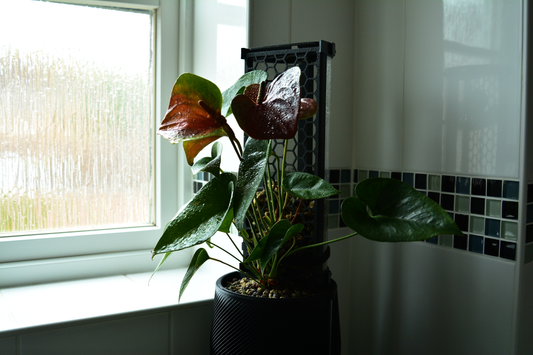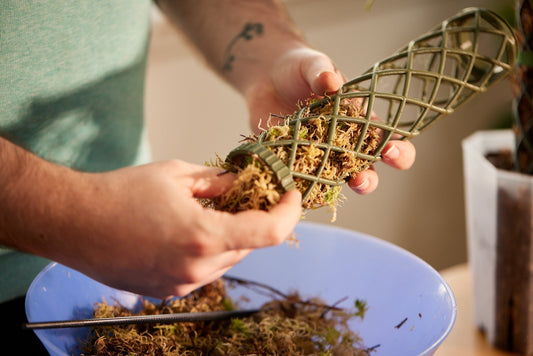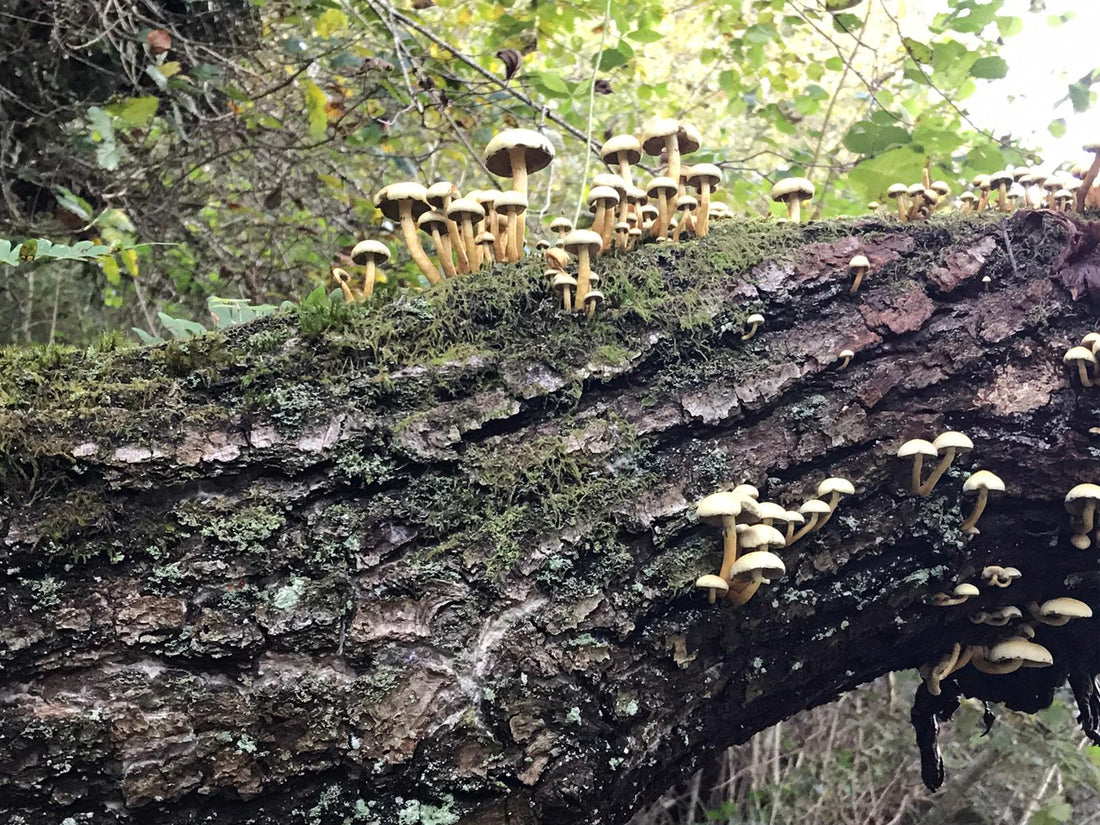
Different kinds of moss explained for plant parents
Share
Have you ever stopped to admire the intricate beauty of moss? This often-overlooked plant species plays a crucial role in our ecosystem. Let's dive into the different kinds of live moss and their unique characteristics, plus how you can integrate them into your homes and gardens!

What is moss?
Moss is a small, non-vascular plant that belongs to the Bryophyte division. It lacks true roots, stems, and leaves, but instead absorbs water and nutrients through its entire surface. Mosses reproduce through spores, making them a unique part of a great variety of ecosystems. They can be found frequently in damp and shady environments; they are in no way limited to these, being able to grow deserts and artic climates as well.
Types of moss
There are over 12,000 species of moss worldwide, each with its own distinct features. There is also a lot of overlap and similarly named moss that also look quite similar, so it can quickly get pretty confusing. We're not pros, but here is some moss knowledge we have picked up!
Some common moss types include:
Sphagnum moss
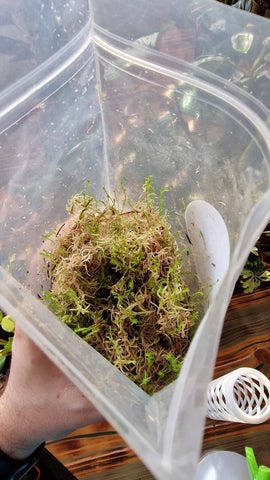
Sphagnum moss is highly absorbent and often used in gardening and horticulture. It can hold up to 20 times its weight in water, making it an excellent choice for retaining moisture in soil. It is also our favourite moss to use in moss poles!
Due to the abundance of microfauna it contains, and its built-in antibacterial properties, it is the perfect organic substrate for increasing the humidity and moisture around aerial roots and plants in general. This is also due to the fact that sphagnum is moisture self-regulating: it will only absorb water till a point of saturation, allowing the remaining water to drip off of it, never becoming mushy.
This is the moss we recommend for our moss poles and we also sell our own moss in the UK. We use sustainably sourced moss as you don’t want to harvest moss that depletes natural stores of peat.
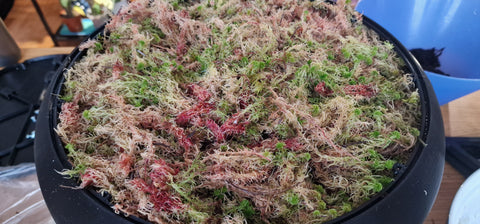
Haircap moss

Known for its lush, green appearance, haircap moss forms dense carpets in forests and woodlands. It plays a vital role in preventing soil erosion and providing habitat for small insects and invertebrates.
Cushion moss (also known as bun moss)
Cushion moss, as the name suggests, forms dense, cushion-like structures in rocky areas. It thrives in harsh environments and helps stabilise soil on slopes and rocky surfaces.
It's a really soft and springy moss that is very attractive in a terrarium setting.
Rough-stalked feather moss (Brachythecium rutabulum)
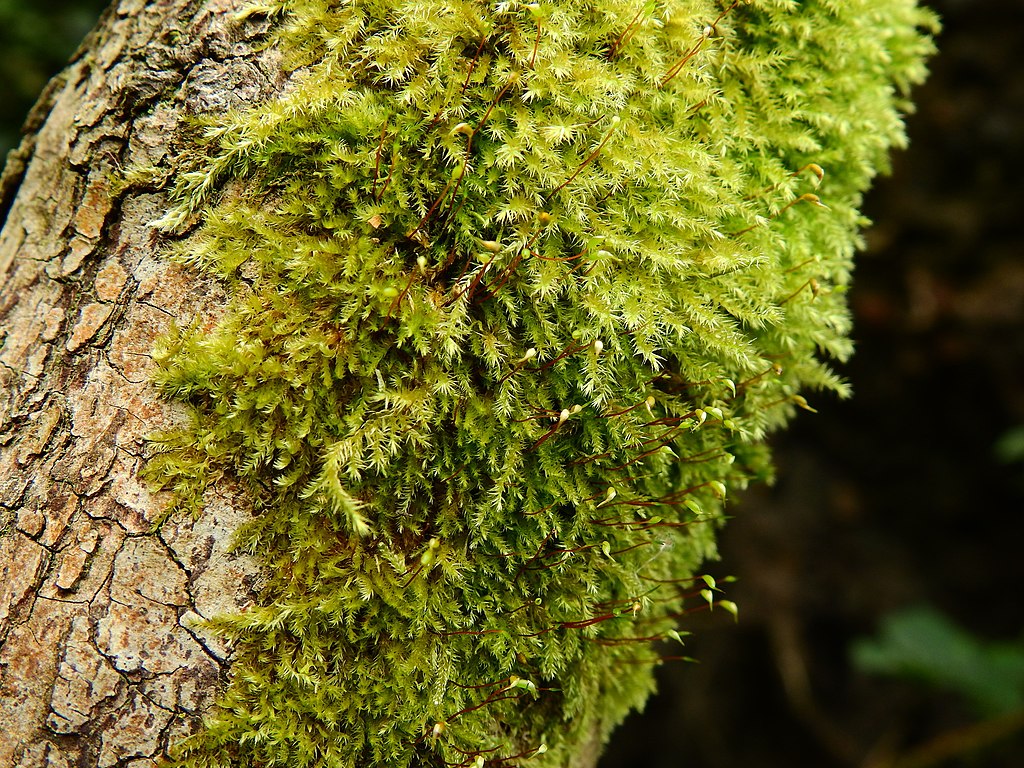
This is the kind of moss that you most commonly find in the UK, often covering trees, growing in hedges, and covering lawns. This moss has a yellow tinge.
Rock cap moss

Rock cap moss, also called granite moss, grows on rocks and boulders in cool, moist environments. Its ability to survive in nutrient-poor conditions makes it a resilient species in the moss family.
Sheet moss

Sheet moss, also known as hypnum moss, offers a lush and vibrant green appearance, and its actually a species of carpet moss.
While it may not retain water as efficiently as sphagnum moss, it still provides adequate support for climbing plants and helps maintain moisture levels in the soil. Sheet moss is easy to work with and can be securely attached to moss poles, creating a natural and organic look in your indoor garden.
Reindeer moss
This kind of moss is sometimes used in terrariums, but actually, reindeer moss is a type of lichen.
Reindeer moss is preserved so requires no maintenance or watering. This also makes it perfect for use with succulents and cacti.
It also has some pretty fun shapes and colours, another reason why reindeer moss is popular in terrariums due to its versatility.
Spanish moss
Actually not a moss, Spanish moss falls into the category of air plants!
Spanish moss has a a very unique and gothic appereance, evocative of tales of the American South, where it is often described as hanging down from trees.
You can get this intriguing type of moss from garden centres, and it makes a good indoor plant for warm and humid environments (the bathroom!?).
Why moss matters?
Moss is such a varied and interesting part of our ecosystem. It is great to see more plant parents adopt the joys of live moss. Moss is great for retaining moisture and providing a nutrient-dense organic habitat for your indoor or outdoor plants. In nature, moss is also vital for providing homes for organisms, carbon sequestration, air purification, and preventing soil erosion.


